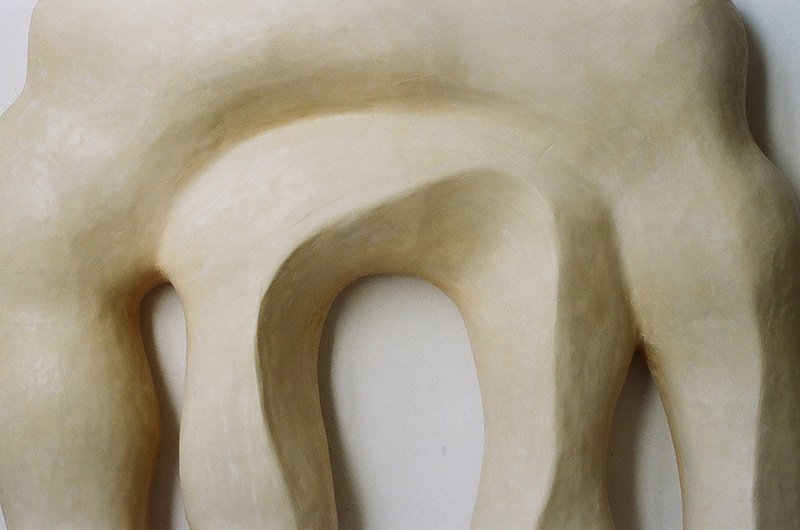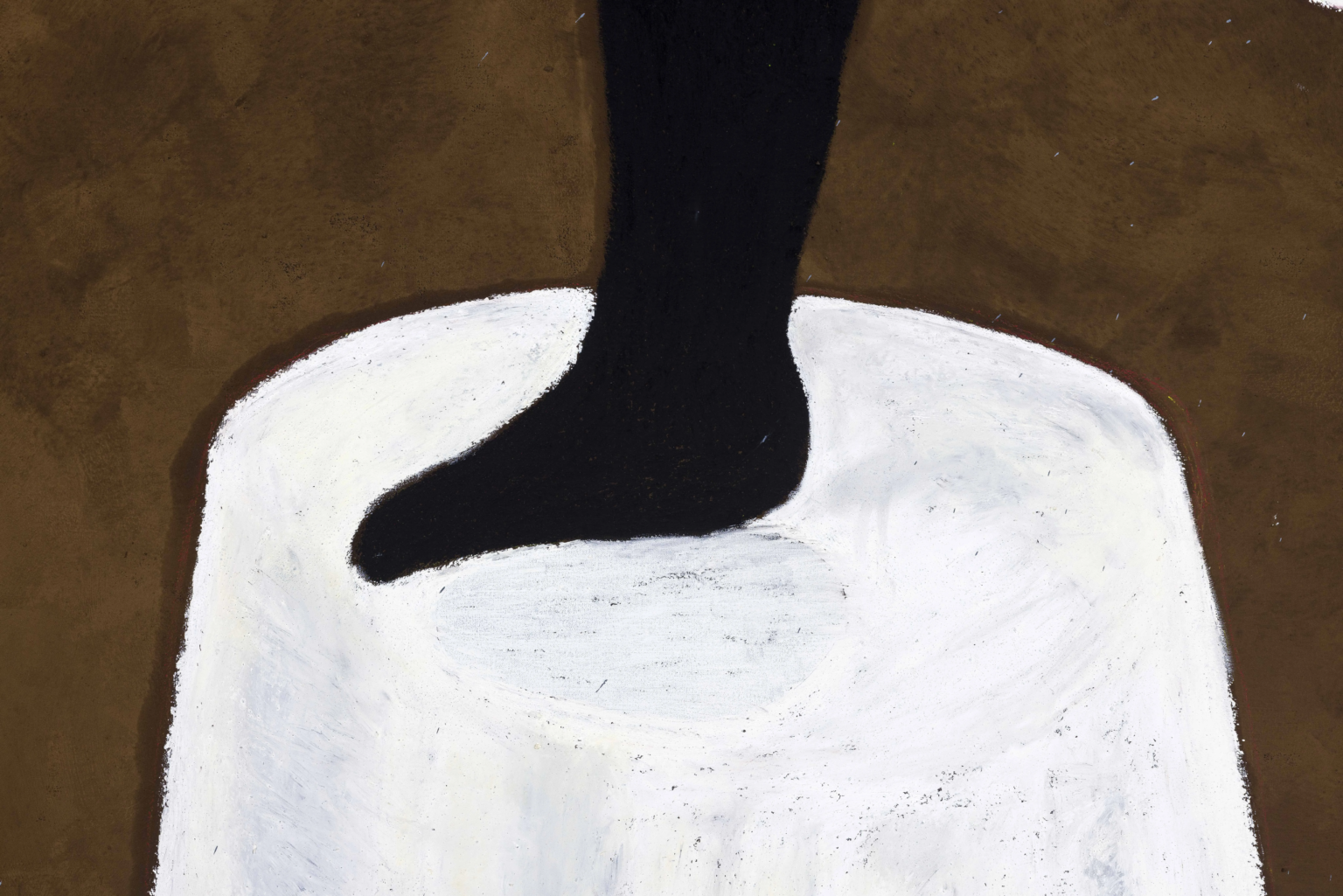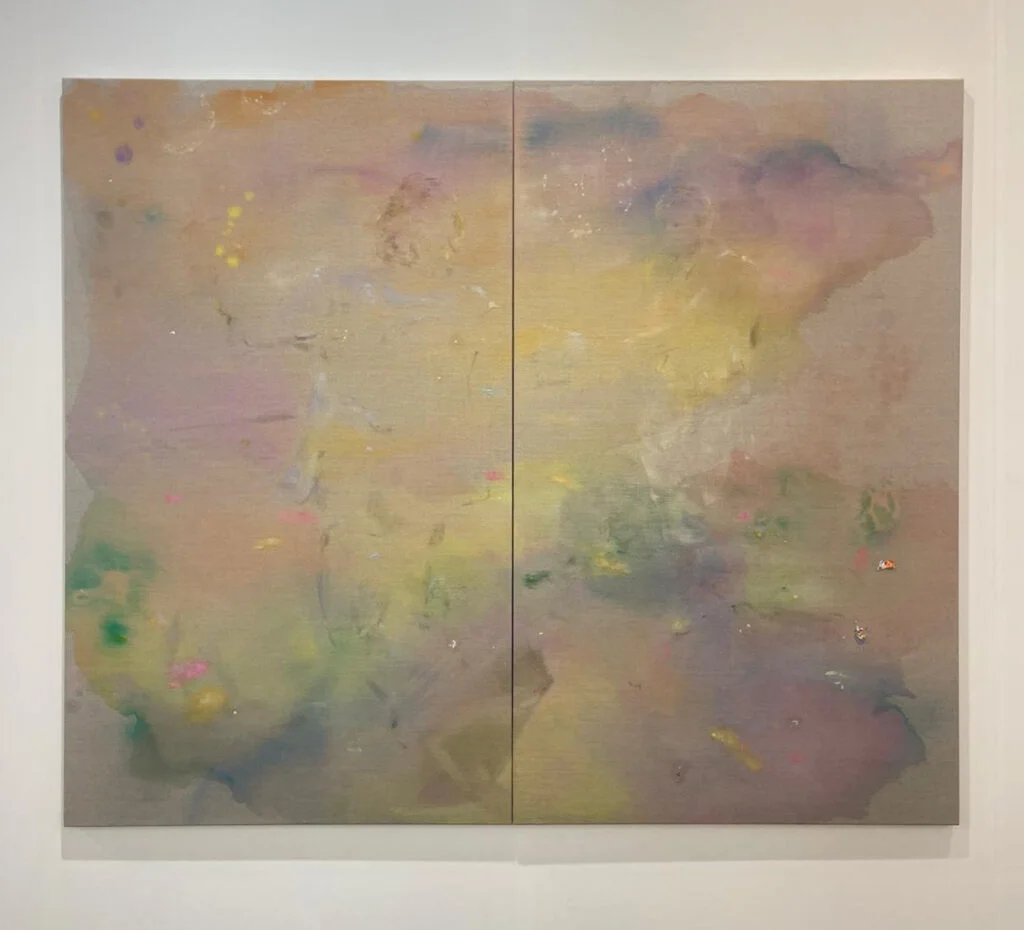In a studio tucked into Berlin’s Kreuzberg district, Yasmin Bawa is reshaping the language of sculpture—literally. Working primarily with hempcrete, a natural material composed of hemp and lime, Bawa hand-builds large-scale organic forms that resemble ancient tools or futuristic relics, depending on your angle. The process is slow and tactile, closer to earthwork than design. Each piece—be it a chair, column, or ambiguous monolith—invites both use and reverence, erasing the boundary between functional object and sculpture.
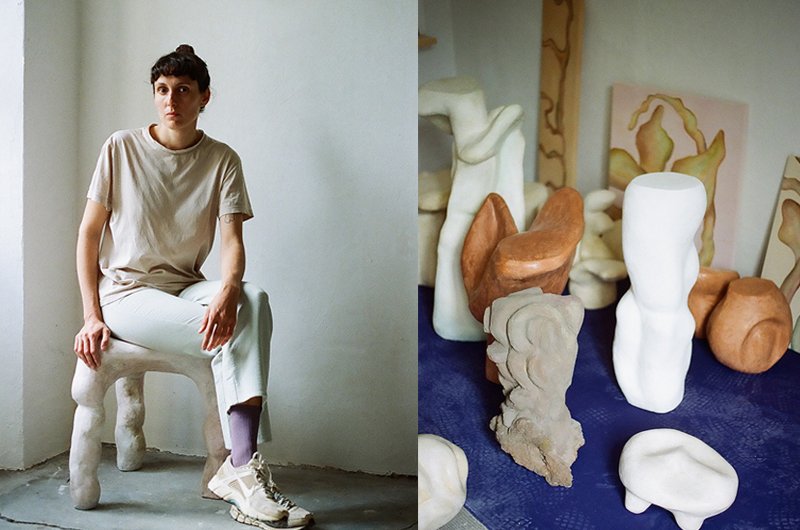
Originally trained in fashion and interior architecture, Bawa’s practice rejects speed and trend. Her surfaces are imperfect by intention, softened by layers of pigment and time. There’s a kind of stillness embedded in her work—sculptures that feel as though they’ve been unearthed rather than made. And yet, their presence is undeniably contemporary, merging biomorphic minimalism with a burgeoning primordialism (as in, an aesthetic movement, not the sociological theory). In a world increasingly defined by frictionless screens and virtual spaces, Bawa’s rough-hewn, huggable textures feel like an invitation to return to the body.
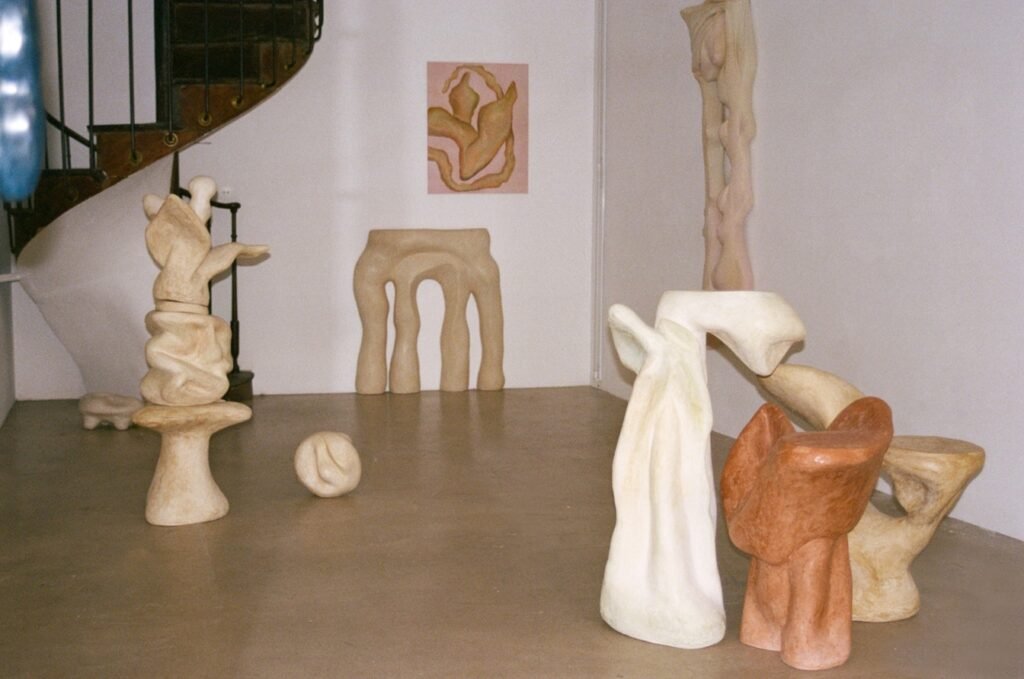
As interest in regenerative materials and post-industrial aesthetics continues to rise, Bawa’s vision stands apart for its subtlety and soulfulness.
Text by Marguerite de Ponty
10. APRIL. MMXXV. PLUM
SUBSCRIBE,
SAVE,
LIKE (10),
SHARE: COPY PERMALINK
